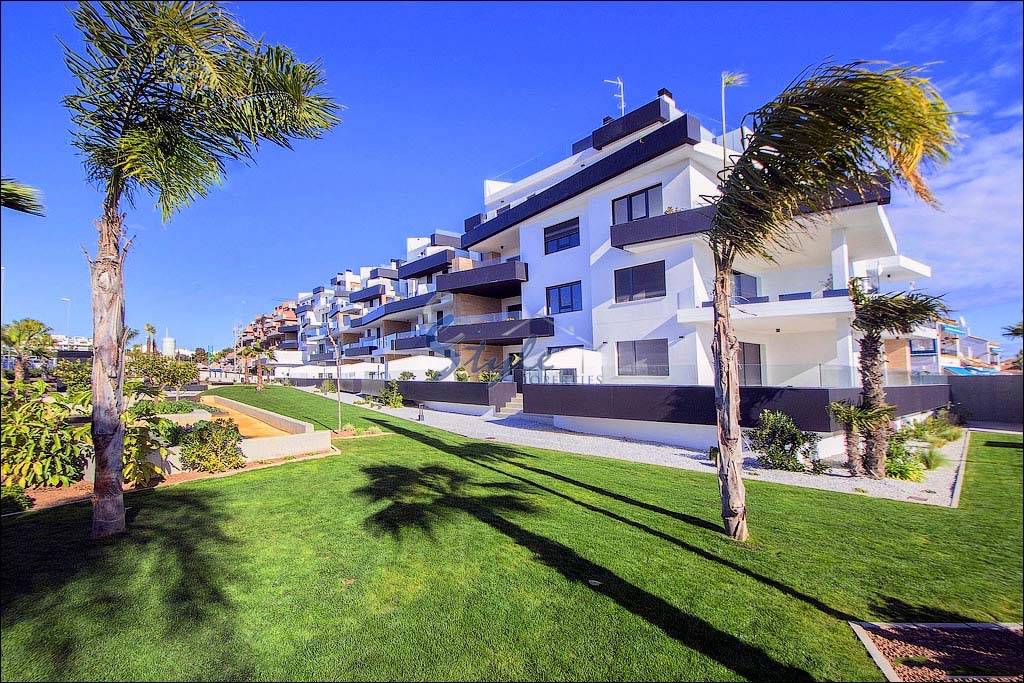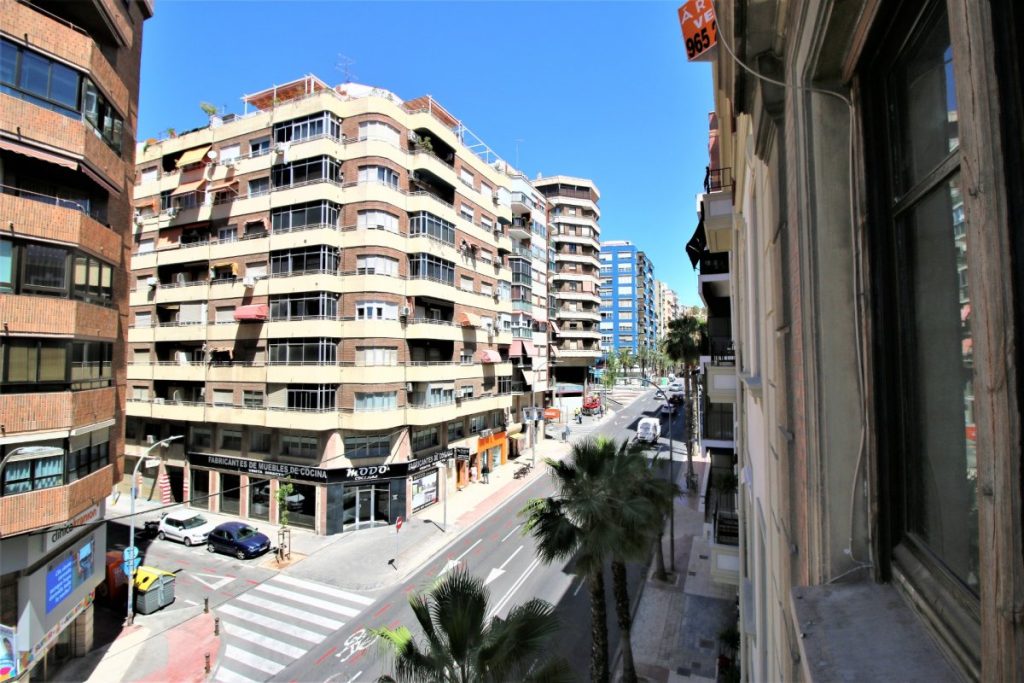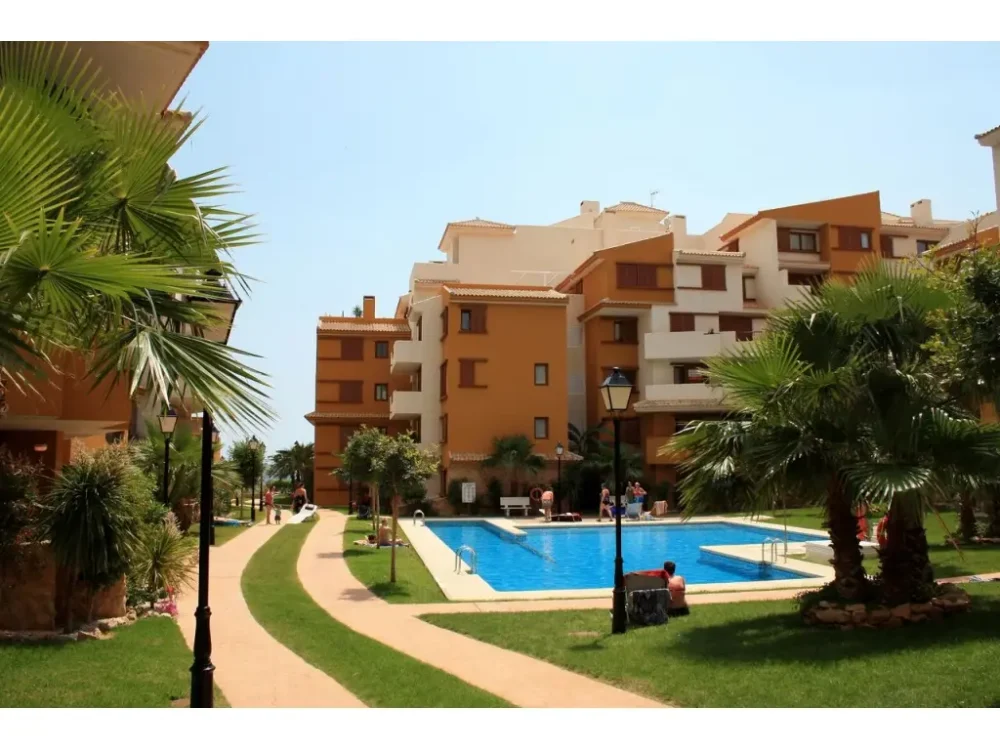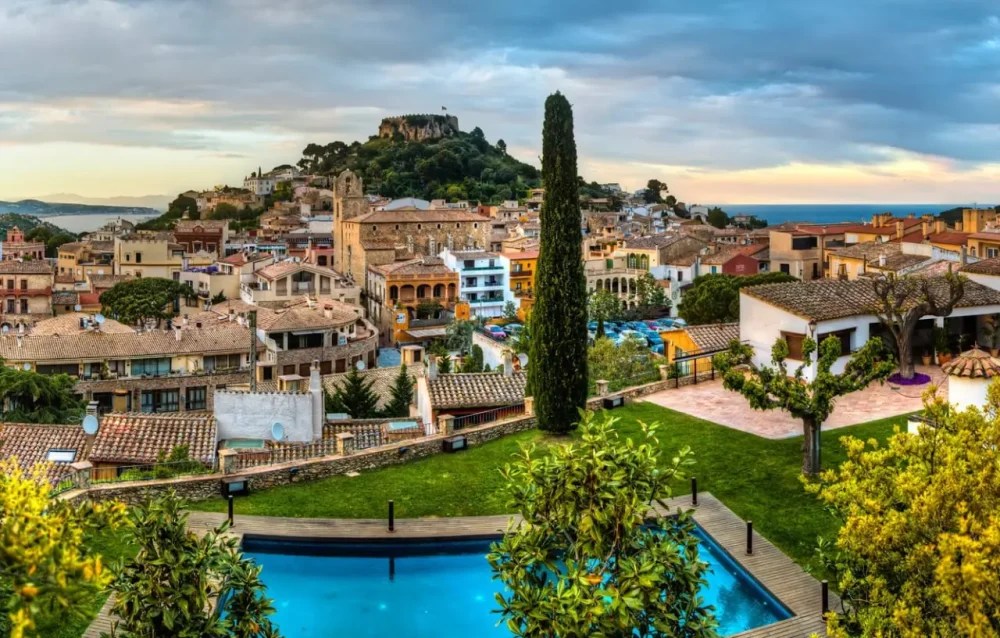Do you dream of living on the Mediterranean coast? Or are you planning to make Spain your second home? More and more Russians are turning to property in Spain as a real alternative for living and investment. Thanks to a stable economy, low interest rates on mortgage loans and unique conditions for foreign buyers, buying a flat in Spain has become possible.
Why buying property in Spain is a good investment?
Wondering whether to buy a flat in Spain? The answer is unequivocal: yes! Since the financial crisis in 2008, house prices in the country have fallen significantly, but since 2015 the market has started to recover. In 2024, property in Spain is showing steady growth, especially in popular resort and urban areas. The average price per square metre in major cities, such as Barcelona and Madrid, is around 3,000 euros, and in coastal areas – from 1,500 to 2,500 euros.
For Russians buying property in Spain not only opens up prospects for personal residence, but also allows you to get rental income. It is particularly profitable to rent out accommodation in popular tourist destinations such as Mallorca, the Canary Islands and the Costa Brava. In some areas, rental income can be up to 6-8% per annum.
Which region of Spain is worth buying a flat in?
 If you want to live in a cultural and dynamic atmosphere, Barcelona is the perfect choice. The cost of housing here will be higher, but you will have access to unique cultural events, a stunning climate and a well-developed infrastructure. The price per square metre in Barcelona varies from 3500 to 6000 euros in the centre.
If you want to live in a cultural and dynamic atmosphere, Barcelona is the perfect choice. The cost of housing here will be higher, but you will have access to unique cultural events, a stunning climate and a well-developed infrastructure. The price per square metre in Barcelona varies from 3500 to 6000 euros in the centre.
If you are looking for a place with more affordable prices, but no less picturesque and with good rental prospects, look at Valencia and Alicante. In these cities, the cost of housing is much lower than in the capital, while the climate and quality of life are not inferior. Valencia, for example, can offer flats at prices starting from 1500 euros per square metre, and the cost of rent reaches 7-10% per annum.
In turn, if you are attracted to a more relaxed and cosy atmosphere, then you can consider places such as Costa Brava, where housing prices start from 1200 euros per square metre. In addition, you can have a holiday here all year round – thanks to the warm climate.
Important steps when buying a property in Spain
Buying a flat in Spain is not just about signing contracts. To make everything go smoothly, you need to follow all the steps carefully:
- Choose a property: start by looking for accommodation through agencies or specialised websites such as Idealista or Fotocasa. Make sure that the property you choose is in good condition and corresponds to the advertised price.
- Draw up a contract: Once you have found a suitable home, you need to sign a preliminary sales contract. It fixes the price and terms of the transactions. At this stage, as a rule, a deposit is paid (from 1 to 10% of the flat’s value).
- Obtain a NIE: A Spanish tax number (NIE) will be required to complete the transaction. It is compulsory for all foreign nationals and is used for paying taxes and legal transactions.
- Work with a notary: when all the documents are ready, the deal is signed at the notary’s office. This is a mandatory step, as in Spain property transactions are only considered legal after notarisation.
- Register the property in the registry: the last step is to register the purchase in the property registry.
Don’t forget that if you plan to take out a mortgage to buy a flat in Spain, it will take extra time to get approval.
How to correctly estimate the value of a flat in Spain
Valuation is an important consideration that directly affects the purchase. To avoid overpayment, there are several factors to consider:
- Property type: new buildings are more expensive than secondary housing. The average price per square metre in new buildings is about 3000 euros, while for flats on the secondary market you can find offers from 1500 euros per square metre.
- Location: the city centre is always more expensive. For example, a flat in the heart of Barcelona will cost twice as much as a similar property on the outskirts.
- The condition of the property: if the flat requires repair, its price will be lower. However, do not forget that repair costs may amount to 20-30% of the value of the property.
- Additional costs: in addition to the cost of the home itself, it is worth considering taxes, registration fees, and the costs of a notary and lawyer. On average, these costs amount to about 10-15% of the cost of housing.
Advantages and risks of buying property in Spain
Like any investment decision, buying a flat in Spain has its pros and cons:
Benefits:
- High liquidity: Spain is a popular tourist country, so flats located in tourist areas are always easy to rent.
- Accessibility for foreign citizens: Spain provides easy conditions for foreigners to buy property. The purchase process is quite transparent and does not require any special complications.
- Low interest rates: Mortgage rates for property purchases range from 2 to 4%, which is much lower than in some other countries.
Risks:
- Legal complexities: sometimes there are cases with legal disputes over real estate. It is therefore worth choosing agencies and notaries with a good reputation.
- Taxes and fees: don’t forget about mandatory taxes. For example, when buying a home, pay property transfer tax (6 to 10 per cent of the value of the home) and annual tax obligations.
How to apply for a mortgage on a flat in Spain
Consider a few important factors:
- Who can get a mortgage: foreign buyers can qualify for a mortgage in Spain, but they will need an NIE, a stable income and proof of financial solvency.
- Mortgage terms: banks usually lend for up to 30 years. The maximum loan amount is up to 70-80% of the value of the flat for non-residents.
- Interest rates: from 2.5 per cent to 3.5 per cent. It is important to carefully review the terms and conditions as this is a long-term commitment.
- Documents: you will need proof of income, a tax return, and copies of your passport and NIE.
Conclusion
 Buying a flat in Spain is easy if you do it responsibly. Take into account all the steps, from choosing a region to arranging a mortgage, and do not forget about the legal aspects. Following the step-by-step plan, you will not only be able to choose a suitable home, but also to make a profitable purchase, which will bring pleasure and financial stability.
Buying a flat in Spain is easy if you do it responsibly. Take into account all the steps, from choosing a region to arranging a mortgage, and do not forget about the legal aspects. Following the step-by-step plan, you will not only be able to choose a suitable home, but also to make a profitable purchase, which will bring pleasure and financial stability.
 en
en  ru
ru  de
de  ar
ar  es
es  nl
nl  hi
hi  fr
fr  it
it  pt
pt  el
el 










